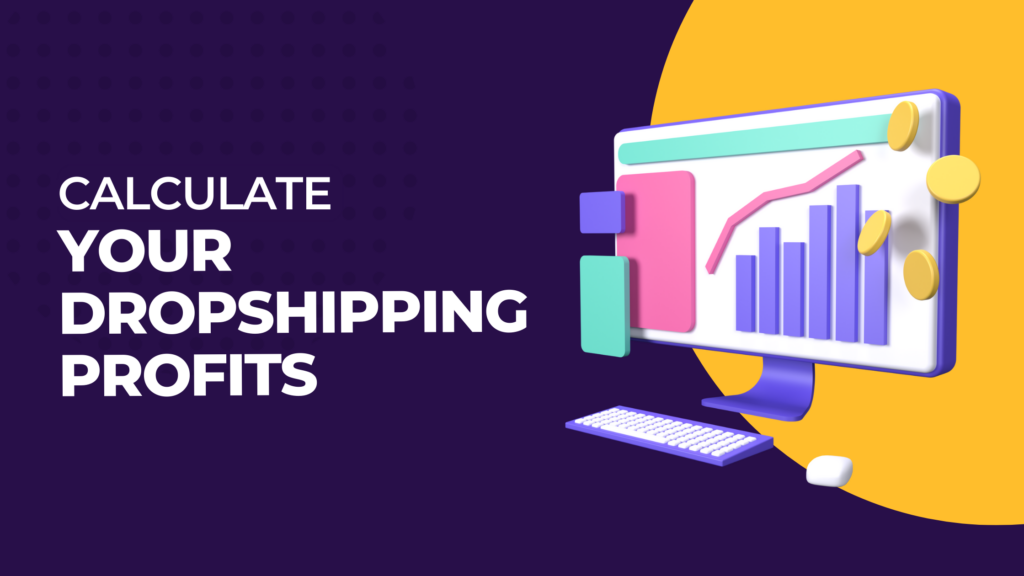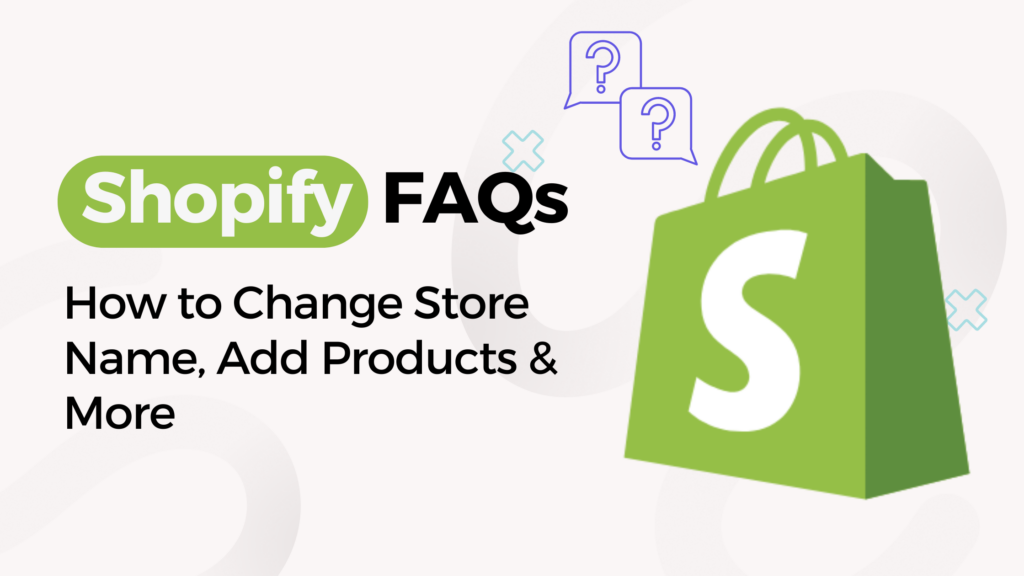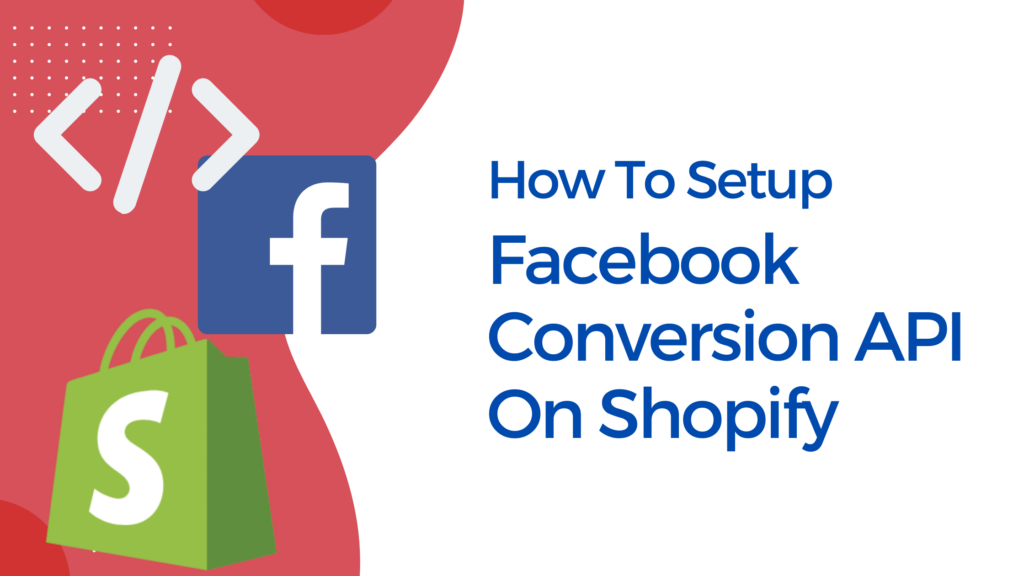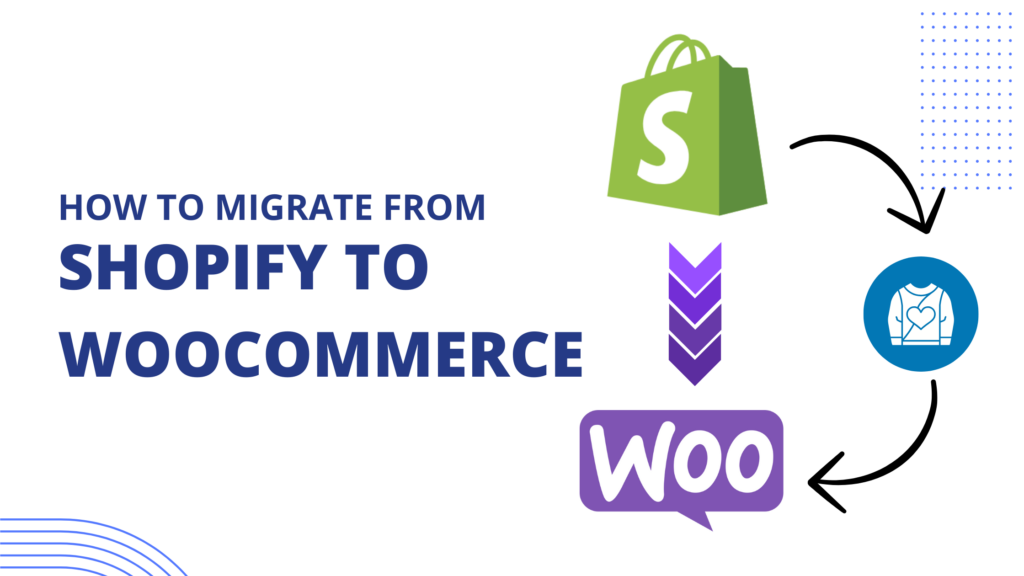How to Price Dropshipping Products for Maximum Profit?
In the fast-growing ecommerce industry, launching and running dropshipping stores has become a popular way to generate a solid income. However, to ensure profitability, it is crucial to develop an effective dropshipping pricing strategy. So, let read ahead the important tips and best practices that will help you in enhancing pricing strategies and maximizing your profits.
Mind Your Costs
When running a dropshipping store, it is essential to have a clear understanding of your costs. This knowledge forms the foundation of your pricing strategy. The following are key expenses to consider:
Cost of products: This is the most obvious cost and includes the price you pay to the seller for the items you are dropshipping.
Shipping costs: Opt for items with free shipping or ePacket delivery, as they are more affordable for both you and your customers. If shipping charges apply, include them in the final product price.
Branding costs: You may choose to invest in branded packaging to enhance your business reputation. However, calculate these costs carefully before making a decision.
Calculate Your Dropshipping Profits
To determine your dropshipping profits, you need to calculate the difference between the price at which you sell the product on your website and the price you paid the original seller, taking into account any additional costs such as shipping and returns. This simple calculation provides a clear picture of your profit margins. With the following formula, you will be able to calculate profit margin.
[Supplier Price * Your Margin(%)] * Number of Sales Per Month = Profit Margin
Having the numbers in place in the formula, you can price your products in a way that will drive good profit margins.
Conduct Thorough Research
To set competitive prices, it is important to understand your market and competitors. Consider the following factors:
Niche competition: If you target a specific niche, your competitors’ pricing strategies will significantly impact your own. Analyze their approaches carefully. However, if your target audience is broad and your products are more generic, competitor pricing will provide a general market overview rather than specific guidance.
Market potential: Different markets may offer varying opportunities for price adjustments. Research markets where your products have the highest potential for increased prices and focus your efforts accordingly.
Implement Periodic Price Increases
A healthy price increase can be beneficial for your business in several ways:
Stand out from the competition: Extremely low prices may not attract price-conscious customers, who will continue searching for even cheaper alternatives. By increasing your prices, you avoid attracting customers who are solely focused on finding the cheapest option.
Build trust and reputation: Cheap products may raise concerns about quality. By pricing your products appropriately, you convey a sense of value and attract customers looking for solid and high-quality items.
Optimize revenue: Identify your top-selling items and experiment with price increases. Many experienced dropshippers have observed increased sales and revenue after raising prices for specific product categories. Consider implementing this strategy for your store.
Prioritize Customer Needs
While sellers have control over pricing, it is crucial to align your prices with customers’ expectations. Understanding your target audience allows you to tailor your dropshipping pricing strategy to their preferences. Consider what your customers value most about your offers, whether it’s accessibility or exclusivity, and modify your pricing accordingly to generate more sales.
Use Special Offers
Offering coupons, sales, and discounts is an effective way to attract customers and encourage purchases. Be strategic in setting your initial prices slightly higher, allowing room for future promotions and discounts. Introduce limited-time sales or offer coupons for large-scale purchases to entice customers and drive sales. Having coupons and sales promotions ready during the festive season will bring out more visitors and sales. Indirectly, you will also have an idea about famous seasonal products and work upon a niche in the holiday season.
Create a Sense of Urgency
Utilizing urgency in your pricing strategy can lead to spontaneous impulse purchases. By emphasizing limited-time offers, scarcity of stock, or time-limited prices, you prompt customers to act quickly without overthinking their purchase decision. This strategy encourages immediate action and increases conversion rates.
Leverage Psychological Pricing Tricks
Psychological pricing tactics can have a significant impact on customer behavior. Consider the following strategies:
Odd-numbered pricing: People tend to prefer prices ending in odd numbers, particularly 7 and 9. Additionally, customers often ignore the rightmost digits, perceiving $2.99 as $2.00. Experiment with odd-numbered prices to influence customer perception.
Round numbers for status items: For higher-class or luxury items, round numbers may convey a sense of quality and exclusivity. Consider using round numbers, such as $26.00 instead of $25.97, for products in this category.
Experiment with these psychological pricing tricks to gauge their effectiveness for your store.
Consider a Fixed Dollar Addition
To simplify the evaluation of potential profits, incorporating a fixed dollar addition can be advantageous. By adding a fixed amount per item, you can ensure that your profit margins cover fees associated with dropshipping. This approach provides clarity and helps you make informed pricing decisions.
Account for Refunds and Returns
Returns are an integral part of any business, particularly in dropshipping where sellers have limited control over product quality. When pricing your products, consider the cost of potential returns. Some merchants offer free returns, which should be factored into your pricing strategy. Clearly outline your returns policy to avoid confusion and ensure a seamless customer experience.
Embrace Experimentation
While there are numerous resources available on dropshipping pricing, the most important step is taking action. Continuously evaluate and adjust your sales offers, overall prices, and discounts. Monitor your statistics, identify areas for improvement, and be willing to try new approaches. Embracing experimentation will help you uncover the most profitable strategies for your dropshipping business.
To Conclude
In conclusion, developing an effective dropshipping pricing strategy involves careful consideration of costs, thorough research, periodic price adjustments, customer needs, special offers, psychological pricing tactics, and experimentation. By implementing these best practices, you can maximize your profits and create a successful dropshipping business. Start optimizing your pricing strategy today and unlock the full potential of your ecommerce endeavor.






